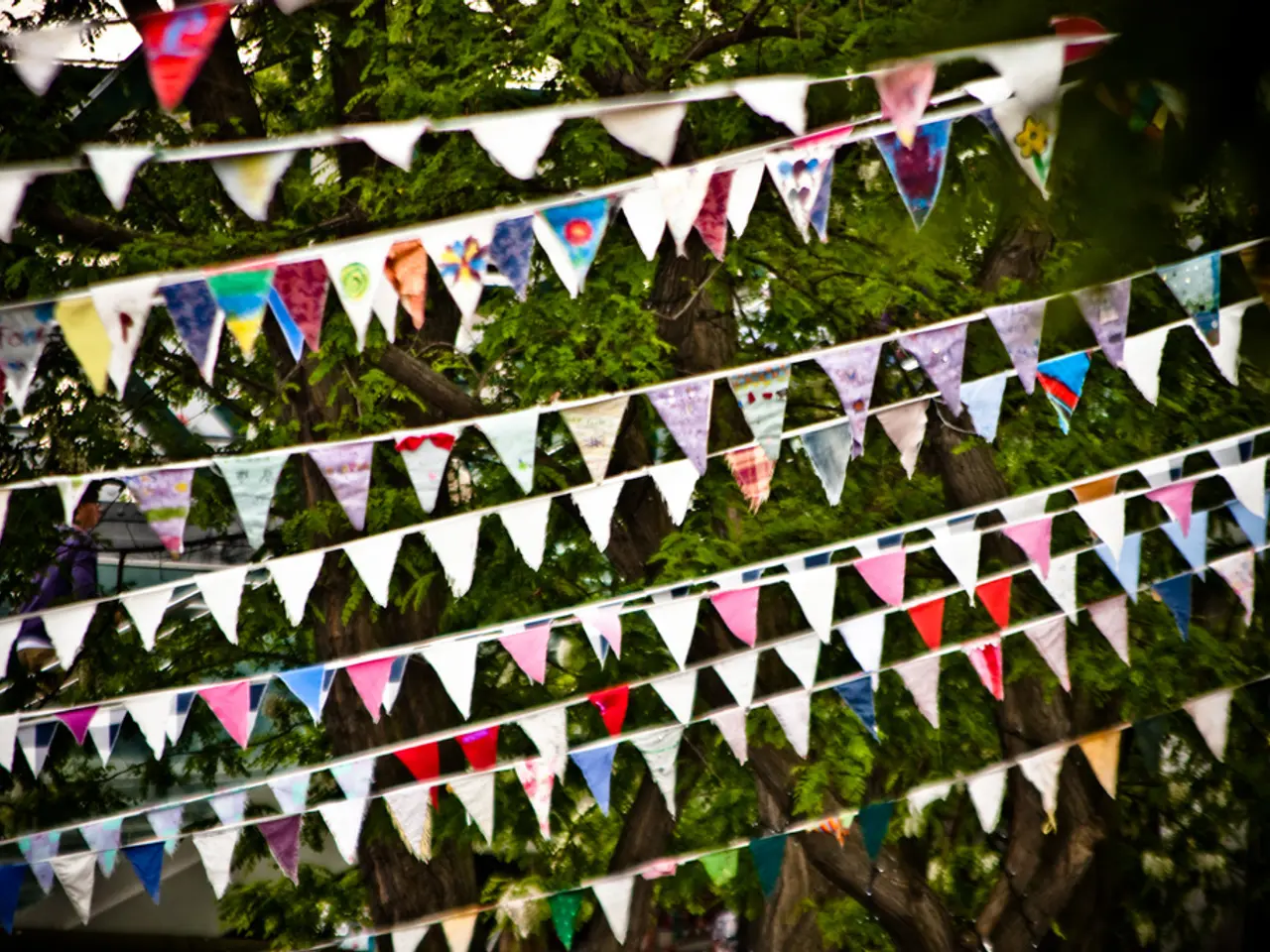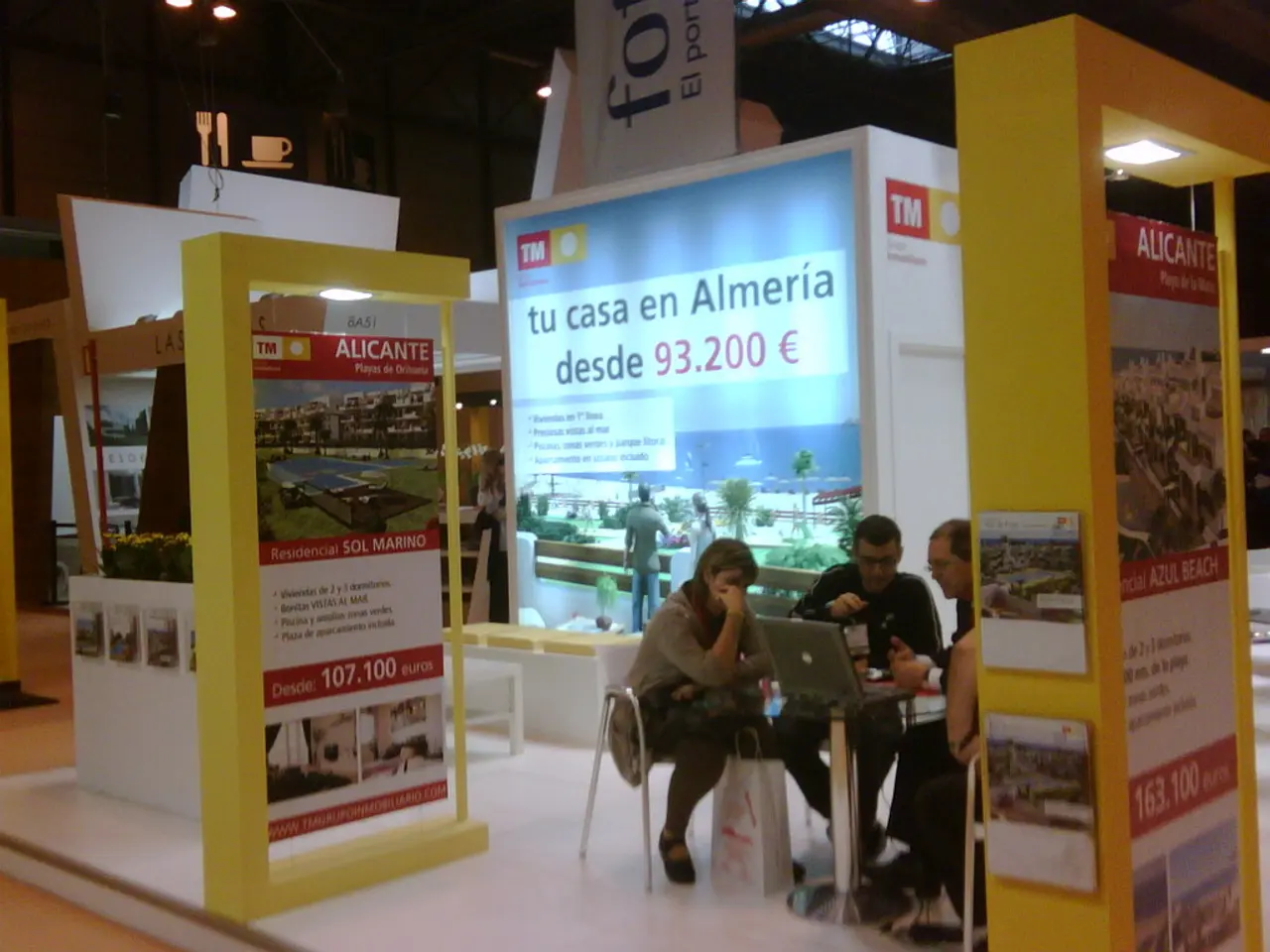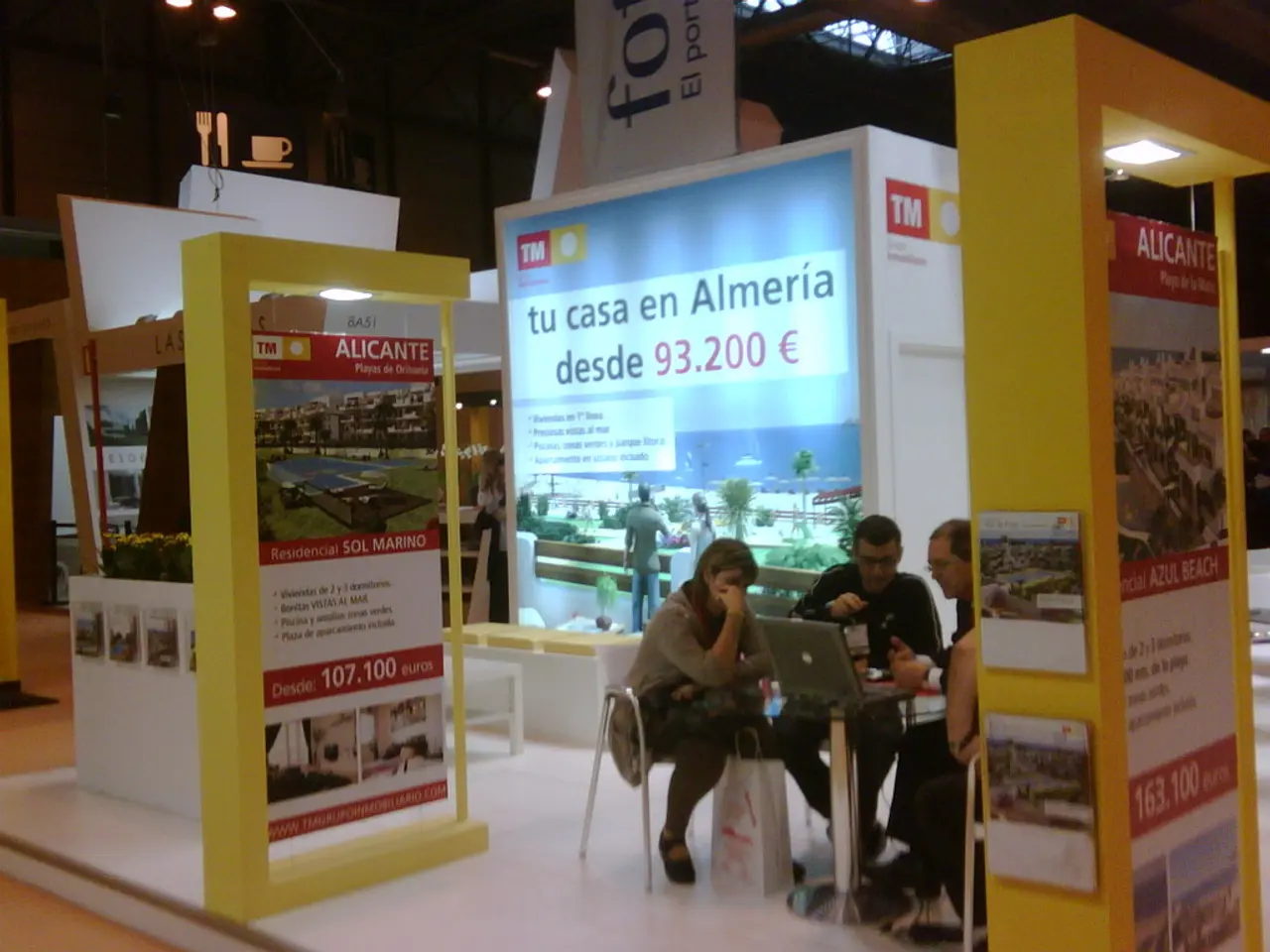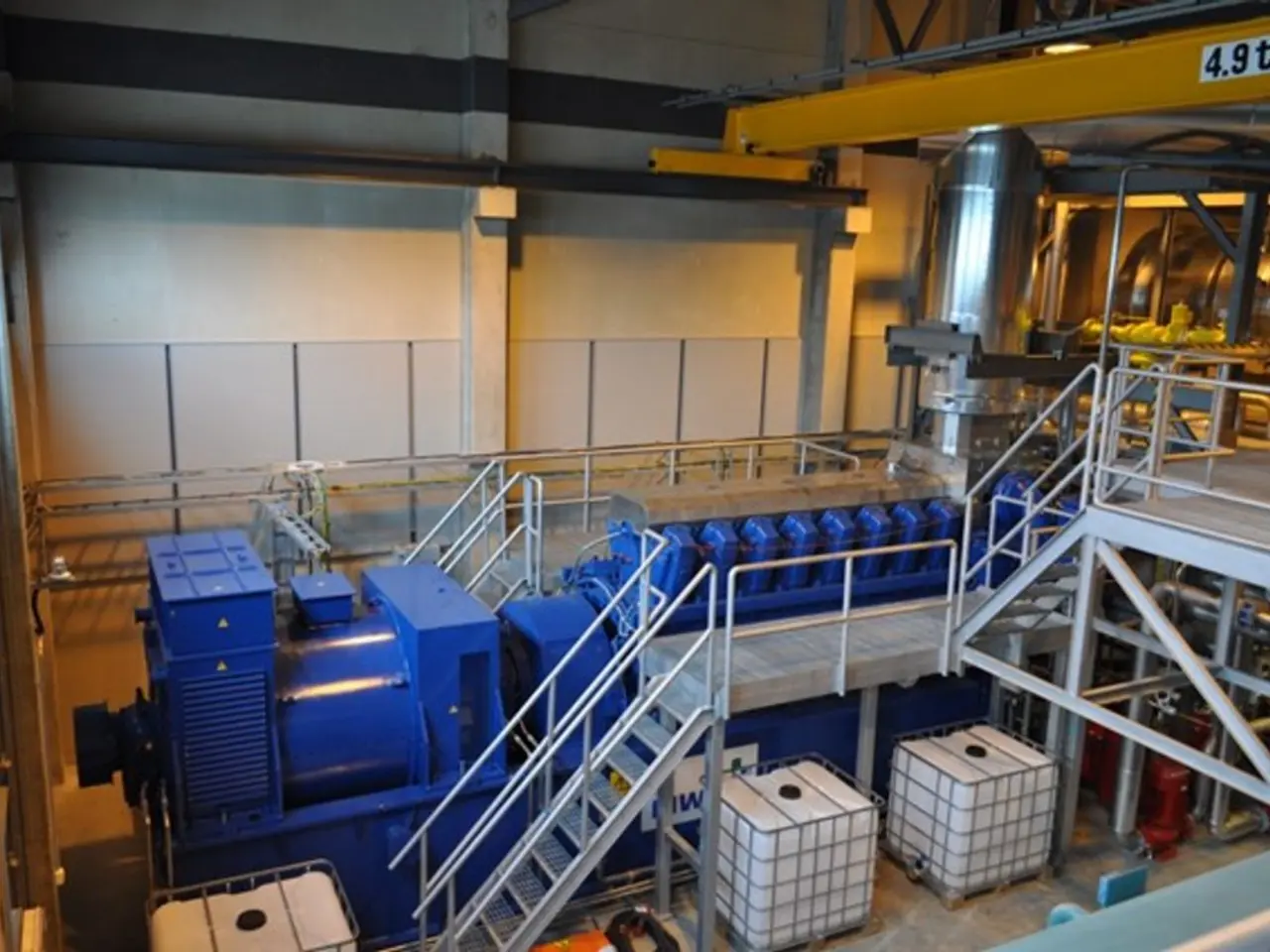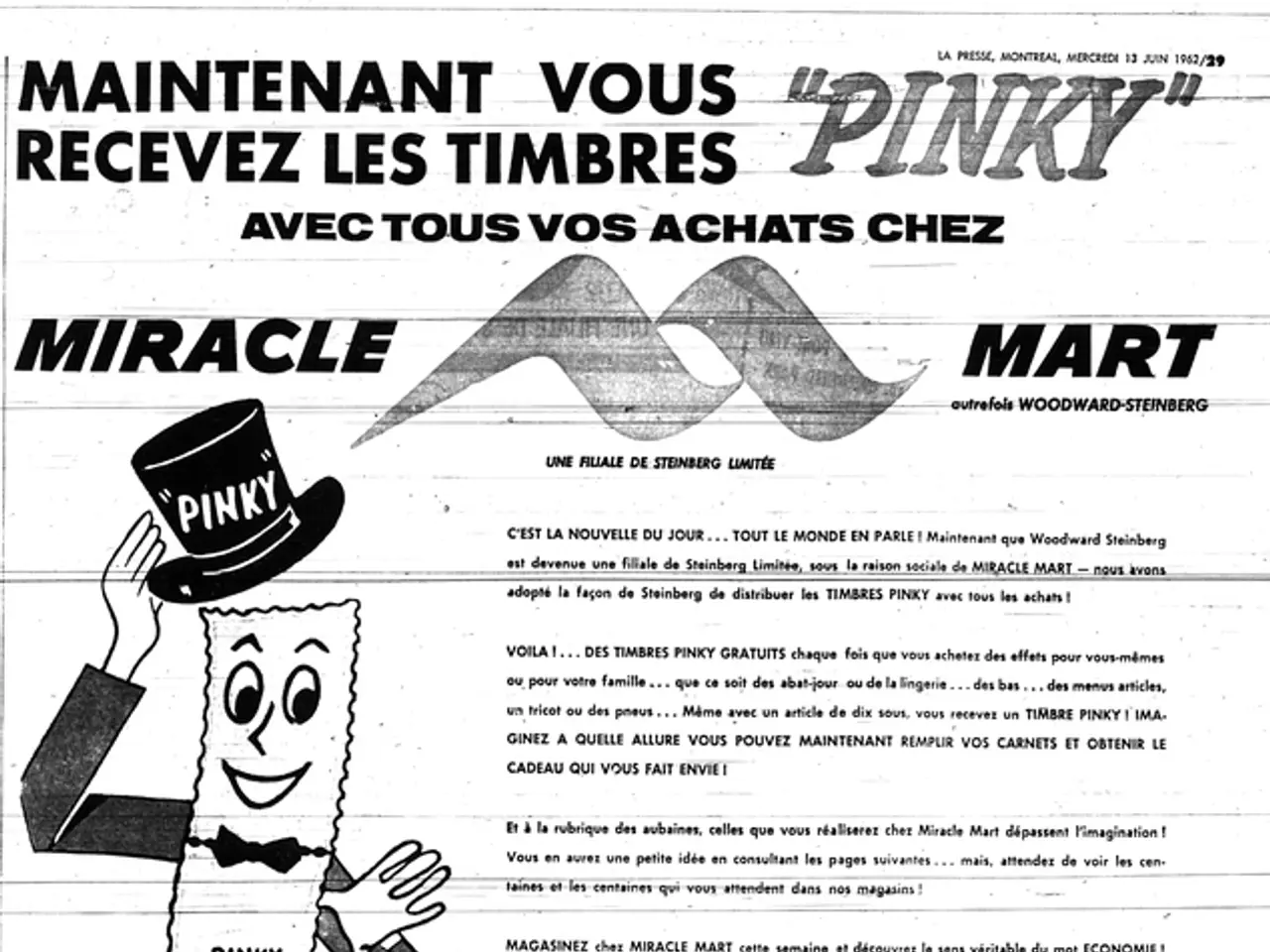Fashion Designer Cultivates Unconventional Fabrics from Lichens and Slime Mold
Biocouture, a fusion of fashion design, biotechnology, and material engineering, is making waves in the luxury fashion industry. This innovative approach, which utilizes living organisms and biofabricated materials to create garments, is driving a shift towards sustainability, innovation, and bespoke craftsmanship.
Piero D'Angelo, a trailblazer in biocouture, began creating garments using living organisms in 2018. His groundbreaking work includes elaborate dresses and two-pieces made from lichens, slime mold, and living fibers. D'Angelo's latest venture is offering DIY fashion kits, enabling wearers to cultivate wearable lichen.
Material Innovation and Sustainability
Biocouture offers a promising alternative to traditional resource-extractive processes such as animal leather or synthetic fibers from fossil fuels. By using regenerative, living materials like bacterial cellulose, mycelium (fungal networks), and lab-grown leather, biocouture creates textiles that are biodegradable, have lower carbon footprints, and can even be composted or replanted after use, promoting a circular economy in luxury fashion.
New Aesthetic and Tactile Qualities
The living origins and biological properties of biocouture materials introduce unique textures, imperfections, and the ability for garments to change over time. This defies the industrial obsession with uniformity, offering a new "visual poetics" and sensory experience that luxury brands find appealing for exclusive, high-end designs.
Customization and Molecular-Level Design
Designers can control the molecular and genetic makeup of biofabricated textiles, customizing strength, drape, and breathability for bespoke luxury products. This elevates craftsmanship by merging biology with couture techniques.
Ethical and Conceptual Appeal
Pioneers like Suzanne Lee, Aniela Hoitink, and Modern Meadow are reshaping luxury values by integrating environmental ethics and biotech artistry. This aligns with growing consumer demand for transparency, sustainability, and innovation in high-end fashion.
Industry Paradigm Shift
Biocouture is contributing to a shift in luxury fashion from extractive and wasteful models to regenerative systems that invite rethinking the lifecycle of garments—from cultivation and wear to end-of-life regeneration—enhancing brand narratives around responsibility and future orientation.
D'Angelo's biocouture is not just a step towards sustainability, but also a leap towards a healthier future. Unlike conventional fabrics that may contain harmful chemicals, biocouture offers dermatological benefits. For instance, D'Angelo's creations made from lichen and slime mold are carbon negative and planet positive, as algae used in the clothes absorbs more carbon dioxide than trees.
Moreover, D'Angelo's biocouture can change colour, texture, and shape as the organisms expand and develop. This organic evolution adds a dynamic element to his creations, making each piece truly one-of-a-kind.
In an effort to further mimic nature, D'Angelo has experimented with 3D printing to enable the slime mold to expand within the garment, resulting in intricate yellow leaf-like patterns. This innovative approach combines the best of both worlds—the organic growth of living organisms with the precision of modern technology.
As the fashion industry continues to grapple with its environmental impact, biocouture offers a promising solution. With its potential for material innovation, aesthetic appeal, customization, ethical values, and industry paradigm shift, biocouture is redefining exclusivity and craftsmanship for the 21st century.
- Biocouture, a blend of fashion design, biotechnology, and material engineering, is introducing a shift towards ethical fashion, sustainability, and bespoke craftsmanship within the luxury fashion industry.
- Piero D'Angelo, a pioneer in biocouture, creates garments using living organisms, such as lichens, slime mold, and living fibers, offering DIY fashion kits that enable wearers to cultivate wearable lichen.
- Biocouture offers an alternative to traditional resource-extractive materials like animal leather or synthetic fibers from fossil fuels, instead utilizing regenerative materials with lower carbon footprints and biodegradable properties.
- Designers can customize the molecular and genetic makeup of biofabricated textiles in biocouture, controlling factors like strength, drape, and breathability to create unique bespoke luxury products.
- Biocouture's living origins and resulting unique textures, imperfections, and ability for garments to change over time offer a new "visual poetics" and sensory experience, appealing to luxury brands.
- The fashion industry is being redefined by biocouture's potential for material innovation, ethical values, and aesthetic, tactile, and customizable qualities, moving away from extractive and wasteful models towards regenerative systems that prioritize sustainability and transparency.
